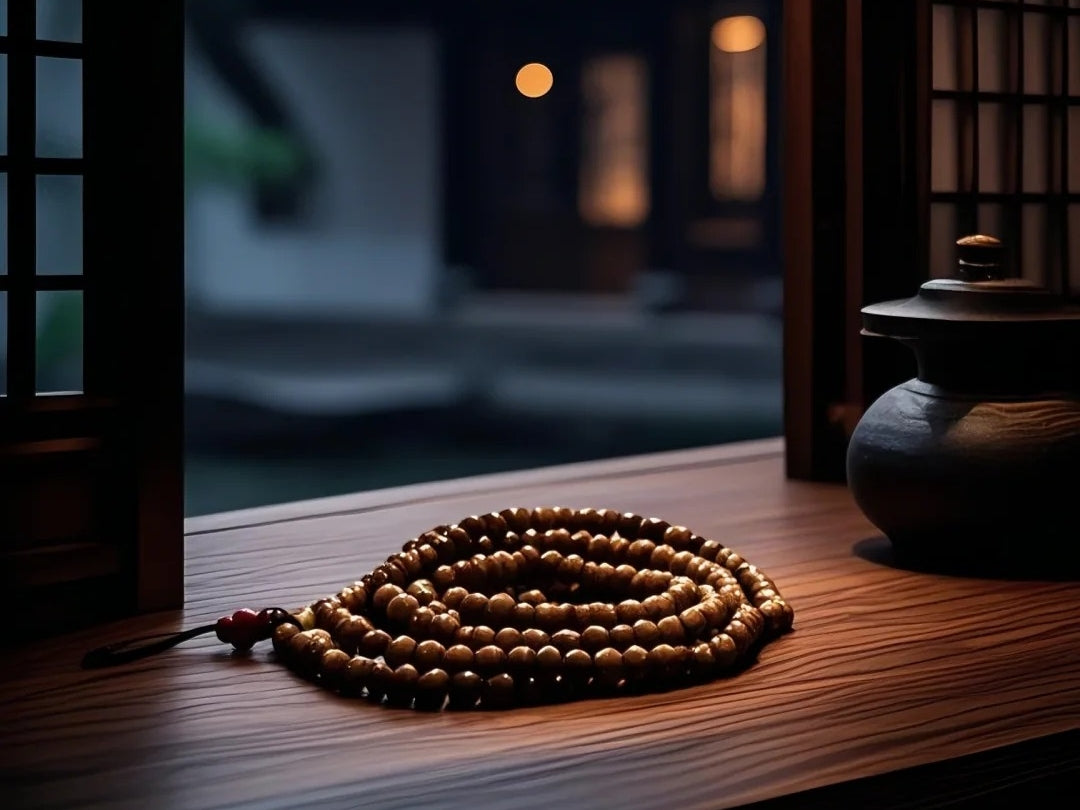When a Tibetan amulet is gently struck — a faint chime, a hum that lingers in the air — it’s more than sound.
It’s vibration made sacred.
In Himalayan traditions, metals like brass and copper are chosen not just for their luster, but for their ability to resonate. They hold memory, warmth, and tone. Every tap or movement releases a note that carries intention — a small act of harmony between material and spirit.
Why Brass and Copper Sing
Both brass and copper are natural conductors of energy — not only electrical, but also acoustic. When shaped into pendants, bells, or ritual tools, their molecules align in ways that allow vibrations to travel easily.
That’s why brass amulet sound feels rounded and golden, while copper amulet resonance often carries a softer, more intimate warmth.
From a scientific point of view, brass — an alloy of copper and zinc — offers both strength and tone. It’s been used for centuries in musical instruments, from temple gongs to handbells. Copper, by contrast, is pure and earthy; it hums with a lower, steadier vibration. In Tibetan culture, these qualities are seen as reflections of inner balance — clarity (brass) and compassion (copper).

The Ritual of Sound
In Tibetan practice, sound is one of the most direct paths to awakening. A mantra is vibration. A bell or amulet, when struck, carries that same principle outward — bridging the unseen and the physical.
When a monk touches a mala or taps a Tibetan ritual sound bowl, it isn’t for noise — it’s to awaken presence. In a similar way, small amulets worn close to the body can create subtle harmonics as they move. Each motion becomes a quiet meditation.
For some, a brass or copper amulet is gently struck before practice, the sound clearing mental space much like incense clears the air. For others, it’s simply worn, allowing natural resonance to accompany the rhythm of breathing and walking — a reminder of the sacred that moves with you.
Respectful Handling of Sonic Amulets
Though these amulets are beautiful, they aren’t toys or trinkets. They belong to a lineage of ritual craft that values respect, not display.
If you wish to experience their sound:
-
Use intention. Tap gently, once or twice. Listen.
-
Avoid striking hard or for performance. The goal is presence, not volume.
-
Clean with care. Use soft cloths — water, not chemicals — to keep the natural patina.
-
Store thoughtfully. Many practitioners keep their amulets wrapped in cloth when not worn, acknowledging their role as sacred companions.
Even silence can be part of the practice — the amulet resting quietly against your heart, its metal warm with your energy.

Artisans Who Shape the Resonance
At QiLing Aura, each piece is handcrafted by Tibetan artisans who understand not only metalwork but the spirit within it. The sound of a pendant is not an accident — it’s tuned by hand, refined through touch and prayer.
A brass Buddha amulet, for instance, carries both symbolic and sonic weight. Its soft tone mirrors the compassion of Amitabha. A copper Ga Wu box, often used to hold small relics or prayers, hums with protection — its resonance reminding the wearer of grounded peace.
These artisans often work in small family workshops, using ethically sourced metals and traditional tools. Each ring or hum that emerges from their workbench connects generations — a sound that has crossed mountains and time.
The Meaning Beneath the Music
In the end, what matters most is not the metal, but the intention that flows through it.
Sound, after all, is breath made visible.
When you wear a brass or copper amulet, you’re carrying more than a symbol — you’re carrying a subtle vibration that joins your heartbeat, your steps, your words. It’s a reminder that everything in this world moves and resonates — and that harmony, in its purest form, begins within.
So the next time your pendant catches the light or releases a soft tone, pause. Listen.
That small note may be the universe’s quiet way of saying:
You are connected.





